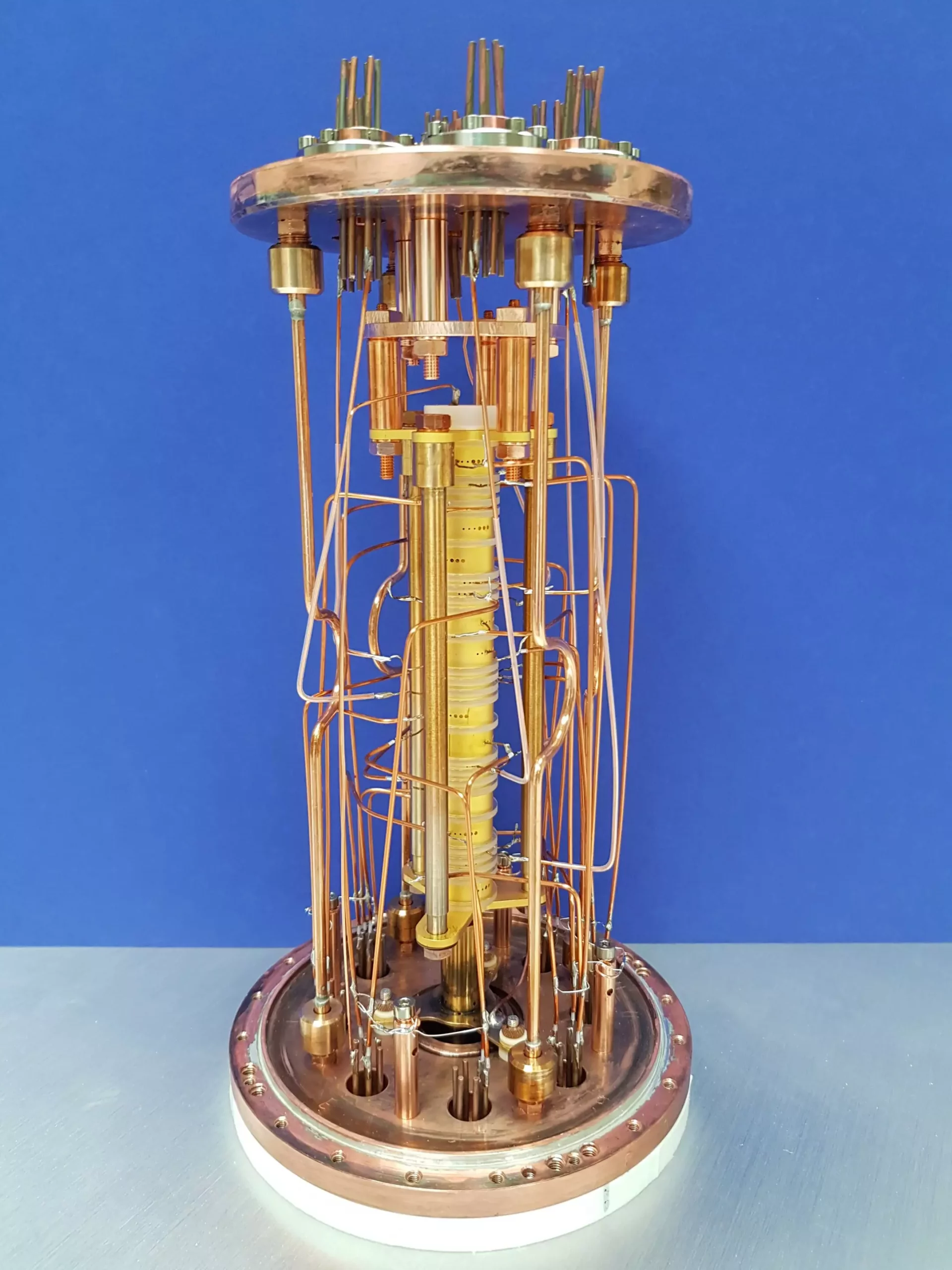The quest to determine the mass of a neutrino at rest remains a major challenge in the field of physics. Neutrinos, often referred to as “ghost particles,” are fundamental particles that play a crucial role in nature. Scientists have been striving to unveil the mysteries surrounding the elusive mass of neutrinos, which could potentially lead to groundbreaking discoveries in the realm of particle physics.
A recent breakthrough by a team led by Klaus Blaum from the Max Planck Institute for Nuclear Physics has shed new light on the measurement of neutrino mass. By utilizing a Penning trap and studying the decay process of a holmium-163 isotope into dysprosium-163, the researchers were able to determine the Q value with unprecedented accuracy. This advancement has the potential to uncover systematic errors in the measurement of neutrino mass, bringing us closer to understanding the enigmatic world of particle physics.
Neutrinos, due to their weak interactions with matter, can pass through our bodies without causing any harm, making their detection a challenging task. With the discovery of neutrino oscillations, it became evident that neutrinos must possess a rest mass, contradicting earlier assumptions. This revelation has fueled the quest for new physics beyond the standard model, hinting at a deeper understanding of the universe.
Measuring the exact rest mass of a neutrino is a complex endeavor that involves intricate experiments. Techniques such as the beta decay of tritium and electron capture of isotopes like holmium-163 are employed to determine the mass-energy equivalence of neutrinos. The KATRIN experiment and the ECHo collaboration have played crucial roles in advancing our knowledge of neutrino mass through meticulous measurements.
The Pentatrap experiment, which utilizes five Penning traps to capture charged ions, has revolutionized the measurement of mass with exceptional precision. By studying the mass difference between holmium-163 and dysprosium-163 ions, researchers have been able to determine the Q value for electron capture with unparalleled accuracy. This innovative approach has paved the way for significant advancements in the field of neutrino research.
The latest findings from the Heidelberg scientists have provided valuable insights into the world of neutrino masses. The precise measurement of the Q value has enabled researchers to rule out systematic uncertainties in both experiment and theory, bringing us closer to unraveling the mystery of neutrino masses. With the upper limit of neutrino mass estimated to be at an unimaginably small scale, the complexities of weighing neutrinos at the cosmic level highlight the extreme challenges faced by scientists in this domain.
The ongoing pursuit of determining the mass of a neutrino at rest represents a significant milestone in the field of particle physics. The relentless efforts of researchers and the development of sophisticated techniques have brought us closer to unraveling the mysteries of neutrinos. As we delve deeper into the intricate world of neutrino interactions and mass measurements, we inch closer towards unlocking the secrets of the universe and paving the way for new frontiers in physics.


Leave a Reply